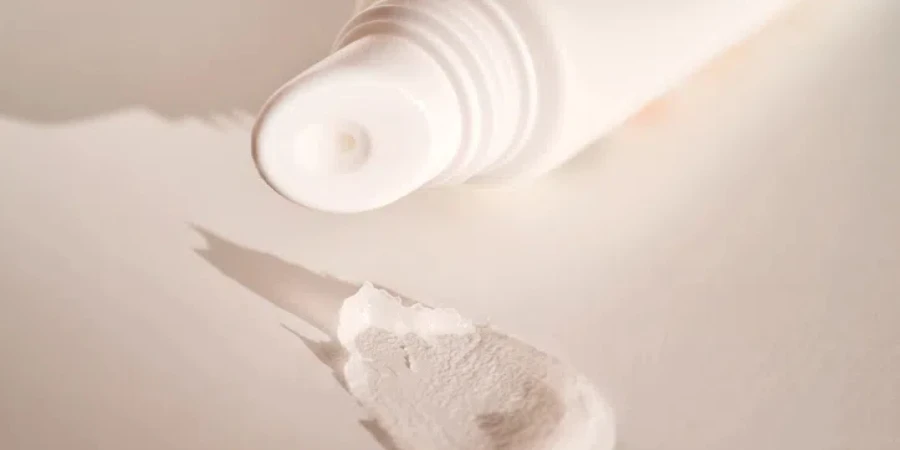In the quest for soft, hydrated lips, the humble lip balm emerges as a hero in our daily skincare routine. Despite its small size, the right lip balm can make a significant difference in combating dryness, cracking, and other discomforts. This article dives into the essential aspects of lip balm, from its ingredients and benefits to choosing the right type and applying it effectively. Join us as we explore how to nurture your lips through every season with the perfect lip balm.
Table of Contents:
– Understanding lip balm ingredients
– The benefits of using lip balm regularly
– How to choose the right lip balm
– Tips for applying lip balm effectively
– Common lip balm myths debunked
Understanding lip balm ingredients
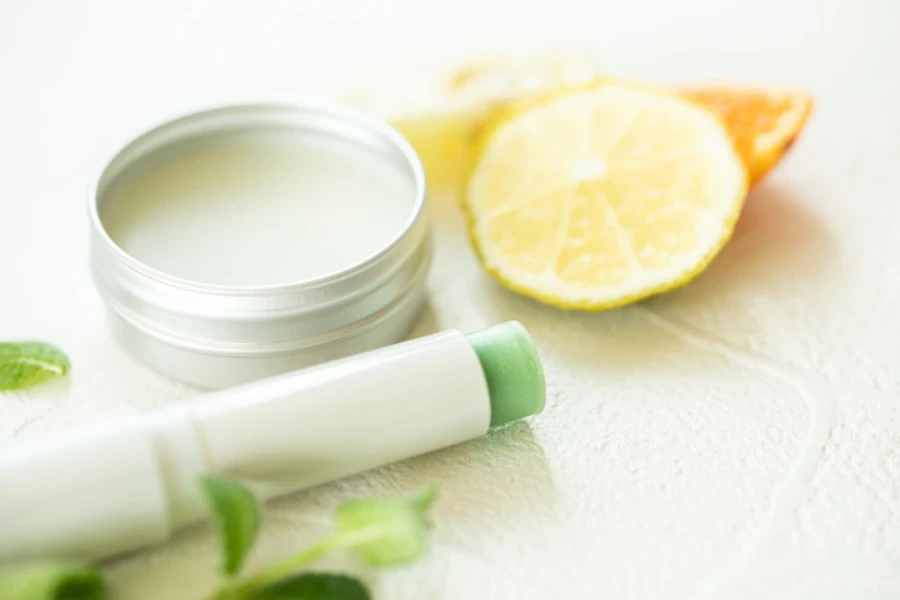
When it comes to lip balm, not all are created equal. The ingredients play a pivotal role in determining the effectiveness of a lip balm. Moisturizing agents such as beeswax, shea butter, and various oils (like coconut and almond oil) are commonly found in formulations designed to nourish and protect the lips. Additionally, ingredients like vitamin E and aloe vera add an extra layer of care, offering healing properties and soothing relief.
However, it’s also crucial to be aware of potentially harmful ingredients. Some lip balms contain allergens or irritants like fragrance or menthol, which can cause sensitivity for some users. Understanding the components of lip balm helps in making an informed choice that aligns with your skin’s needs and preferences.
Moreover, the trend towards natural and organic ingredients reflects a growing awareness of health and sustainability. Consumers are increasingly seeking products with clean labels, free from synthetic additives, signaling a shift towards lip care products that are not only good for the user but also kind to the environment.
The benefits of using lip balm regularly
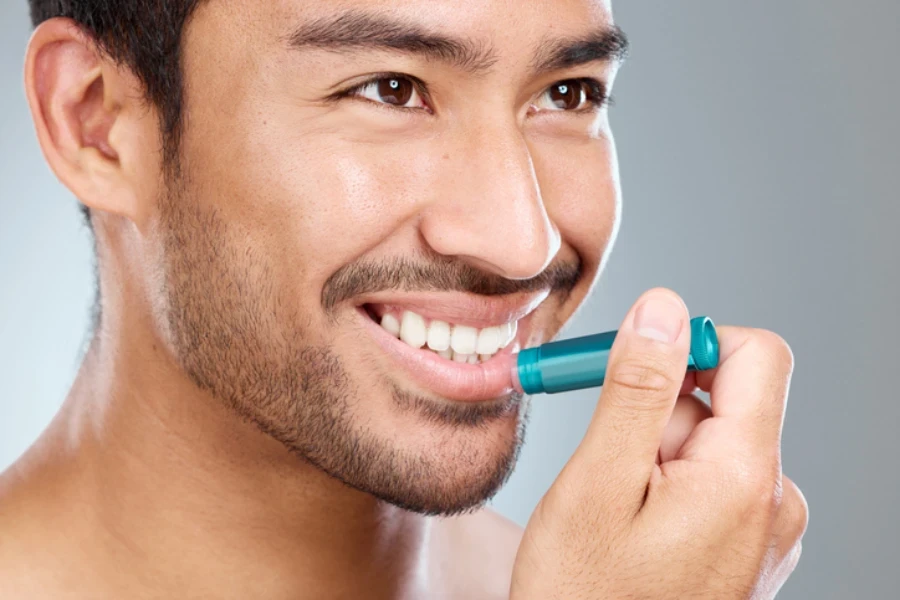
Regular use of lip balm offers a myriad of benefits, extending beyond mere moisturization. First and foremost, it serves as a barrier, protecting the delicate skin of the lips from harsh environmental factors such as wind, cold, and UV rays. Some lip balms come with added SPF, which is crucial for preventing sun damage.
Moreover, staying hydrated and maintaining a healthy diet plays a complementary role in lip health. Lip balm acts as an extra layer of defense, locking in moisture and preventing dehydration, which can often lead to chapped lips. It also promotes healing, helping to repair cracks and splits faster, thanks to nourishing ingredients that restore the skin’s natural barrier.
Furthermore, a well-chosen lip balm can enhance the appearance of lips, making them look plumper, healthier, and more vibrant. With the variety of tints and finishes available, lip balm can also be a subtle, natural-looking makeup product, adding a touch of color and shine for everyday wear.
How to choose the right lip balm
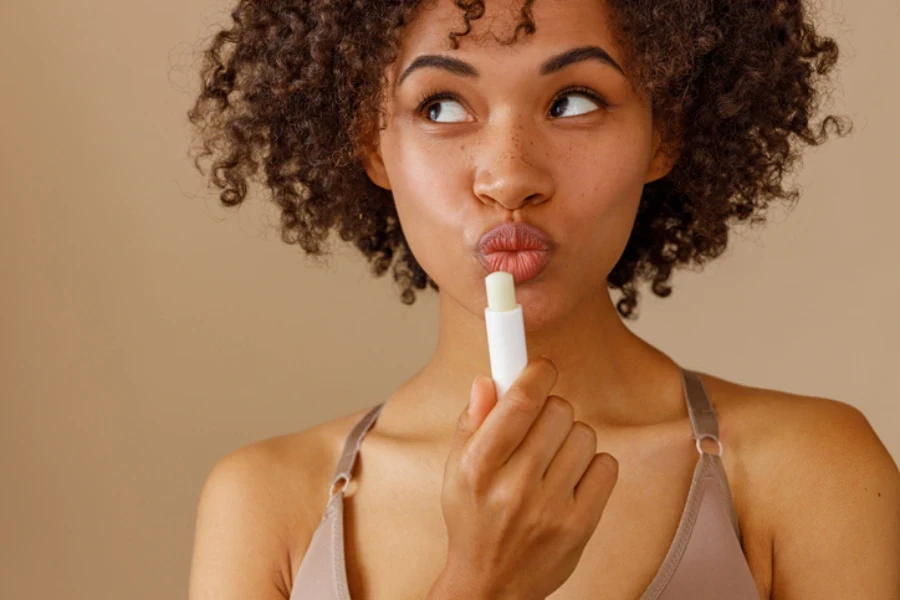
Choosing the right lip balm is a personal decision that depends on several factors, including skin type, concerns, and preferences. For those with sensitive skin, hypoallergenic formulas free from fragrances and irritants are advisable. If hydration is the main concern, look for products rich in emollients and humectants like hyaluronic acid and glycerin, which draw moisture into the skin.
For outdoor activities, a lip balm with SPF is essential to protect against UV damage. Meanwhile, those looking for anti-aging benefits should seek out formulas containing antioxidants such as vitamin C and E, which can help combat free radical damage.
It’s also worth considering the format of the lip balm. Sticks, pots, and tubes each offer different application experiences, and the choice between them is often a matter of convenience and personal preference.
Tips for applying lip balm effectively
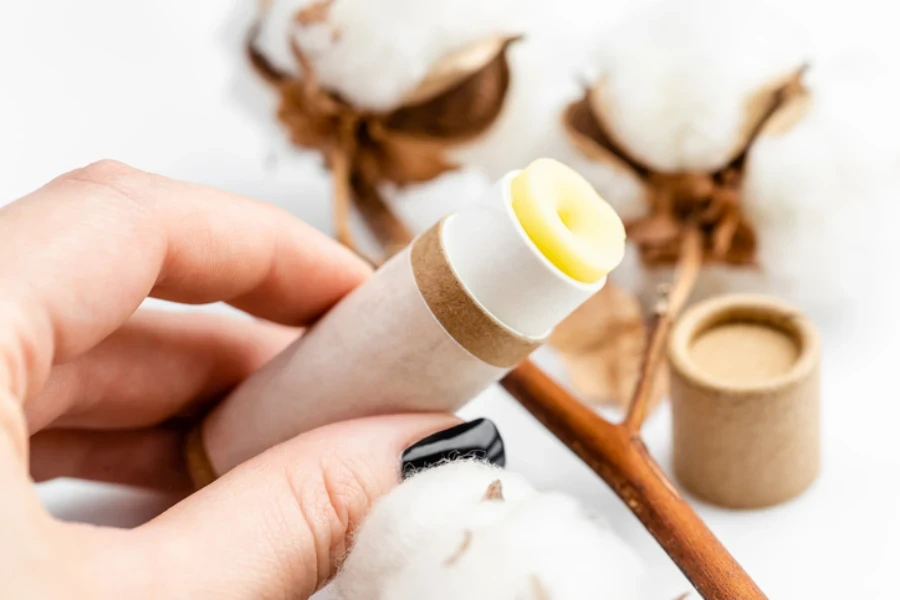
To maximize the benefits of lip balm, proper application is key. Begin by exfoliating the lips gently to remove dead skin cells, allowing the balm to penetrate more deeply. Apply a generous layer of lip balm, ensuring full coverage, especially before bedtime to repair and hydrate lips overnight.
Reapply throughout the day as needed, particularly in extreme weather conditions or after eating and drinking. Remember, while it might be tempting to constantly reapply, overuse of certain types of lip balm can lead to dependency, with the lips feeling drier between applications.
Lastly, consider layering lip balm under lipstick for added moisture and a smoother application. This not only keeps the lips hydrated but also helps color last longer and prevents it from settling into fine lines.
Common lip balm myths debunked
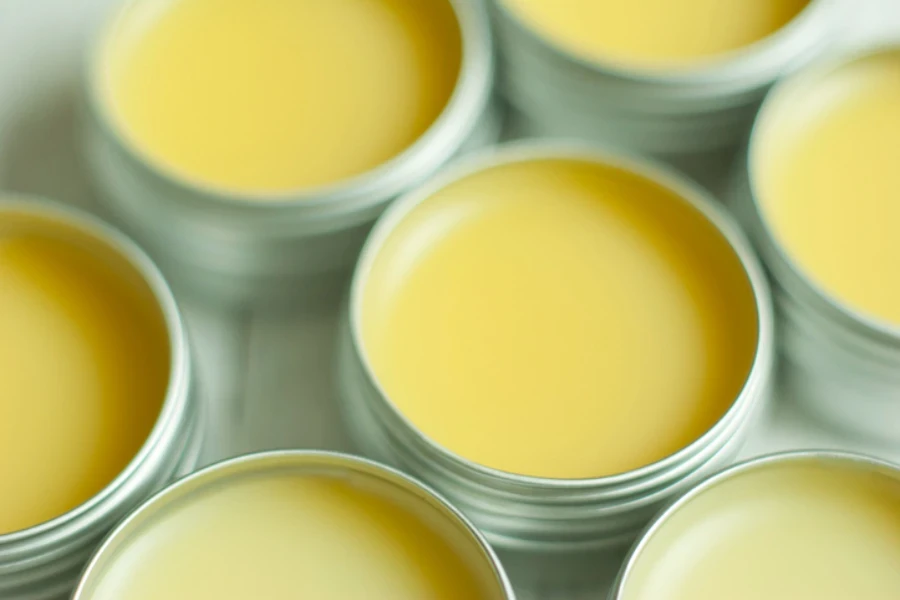
Several myths surround the use of lip balm, leading to misconceptions and misuse. One common myth is that lip balm is addictive. In reality, while the feeling of smooth, moisturized lips can be desirable, there’s no addictive substance in lip balm. The issue arises when overuse leads to a cycle of dryness and reapplication.
Another myth is that all lip balms are the same. As discussed, the ingredients and formulations vary widely, offering different benefits and experiences. It’s essential to choose a product that aligns with your specific needs and preferences.
Finally, the belief that lip balm can replace sunscreen is false. While some lip balms contain SPF, they should complement, not replace, broader sun protection measures. For optimal protection, use a lip balm with at least SPF 30 and reapply every two hours when exposed to the sun.
Conclusion:
Lip balm is a staple in personal care, offering a simple yet effective way to maintain healthy, hydrated lips. By understanding the ingredients, recognizing the benefits, choosing the right product, and applying it effectively, you can ensure your lips remain soft, smooth, and protected in any condition. Debunking common myths and adopting a mindful approach to lip care will keep your pout in perfect health all year round.
